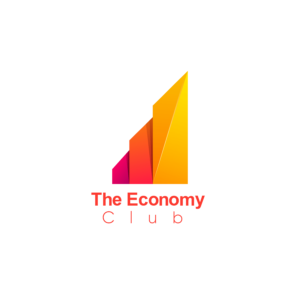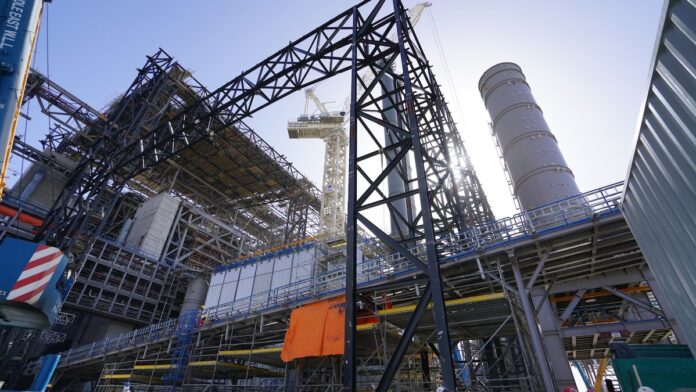DUBAI: Dubai Municipality announced on Monday that 85 percent of the construction of the Dubai Waste Management Center, the world’s largest waste-to-energy project, has been completed.
The DWMC’s construction began in 2021, in line with UAE Vice President, Prime Minister and Ruler of Dubai Sheikh Mohammed bin Rashid Al-Maktoum’s vision of elevating Dubai’s global position as a model for sustainable development as well as the best city to live and work in.
Dubai’s commitment to achieving sustainable development goals and reducing the emirate’s carbon footprint is reflected in the megaproject. It will also help the city meet its goal of reducing and completely diverting waste from landfills by 2030. Once completed, the center, in Dubai’s Al-Warsan area, will convert 45 percent of the city’s waste into renewable energy.
The first phase of the project will begin in 2023 and will be completed in 2024. With Dubai’s population growing at a rapid rate, the project would significantly reduce the potential volume of municipal waste in landfills while also developing alternative energy sources.
The center, according to Dubai Municipality Director-General Dawoud Al-Hajri, is a key pillar of Dubai’s ambition to become one of the world’s most sustainable cities, providing an innovative solution to transforming massive amounts of waste into a sustainable source of clean energy.
The director-general said that the DWMC will improve the emirate’s sustainability credentials in accordance with national energy goals and the Dubai Clean Energy Strategy 2050, which was launched by Sheikh Mohammed to make Dubai a global center of clean energy with a green economy.
“Dubai has always sought to be a pioneer in the field of waste-to-energy. By reducing the amount of solid waste and providing alternative sources for generating clean energy, the project will contribute to achieving a sustainable and eco-friendly model of waste management,” Al-Hajri said.
“With the world’s largest operational capacity, DWMC will process 1.9 million tonnes of waste annually and convert it into renewable energy, generating enough energy to power 135,000 homes,” he added.
When completed, the 400,000 square meter center will also contribute to the country’s strategy of increasing clean energy’s contribution to the total energy mix to 50 percent by 2050.
The plant’s renewable energy is expected to provide 215 MWh of clean energy to the local power grid.
By early 2023, the center will be up and running at 40 percent capacity on two of its five treatment lines, processing 2,000 tonnes of solid waste to generate 80 MWh of renewable energy.
The generator and steam turbine, which are critical in the production of electricity, have already been installed at the facility. For the treatment process, the center will rely on advanced Japanese and Swiss technologies to ensure that emissions are environmentally friendly and odor-free.
The center will receive approximately 1,000 truckloads of waste per day, with a capacity of 88 trucks per hour. The DWMC will be able to process 5,666 tonnes of solid municipal waste per day through five treatment lines.
Burned waste will yield approximately 1,000 tonnes of bottom ash, which will be recycled and used in infrastructure projects.
Dubai Municipality has also launched an e-platform for exchanging recyclable and reusable materials in order to reduce waste production and increase the percentage of waste diverted from landfills.
As part of its efforts to create a sustainable environment for the emirate’s residents, Dubai Municipality has developed an integrated 20-year strategic plan for solid waste management.

